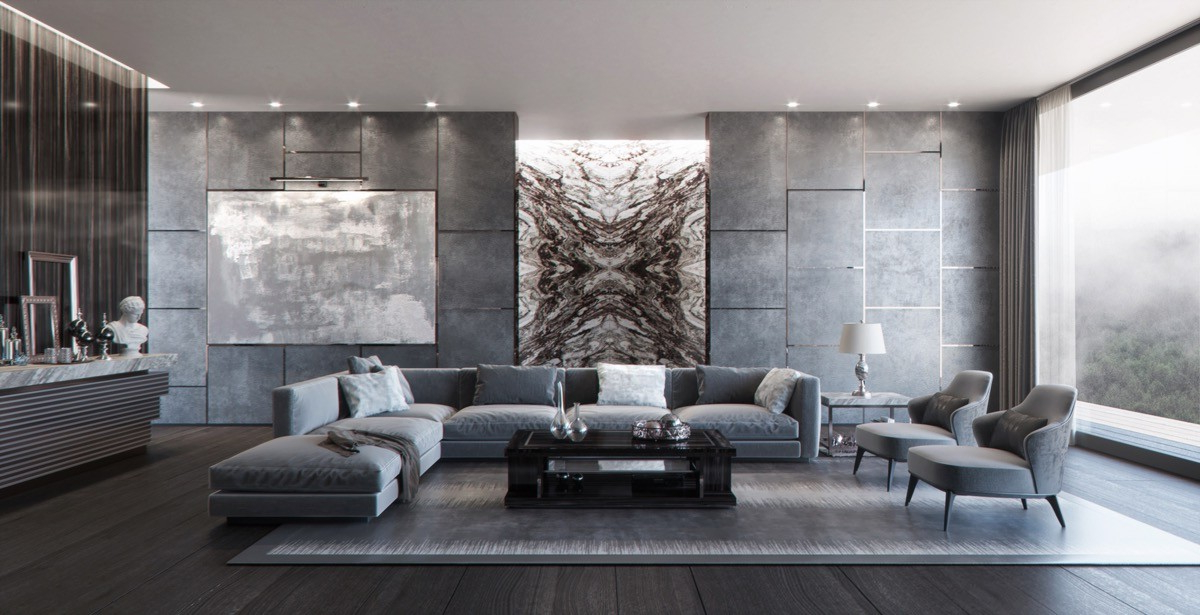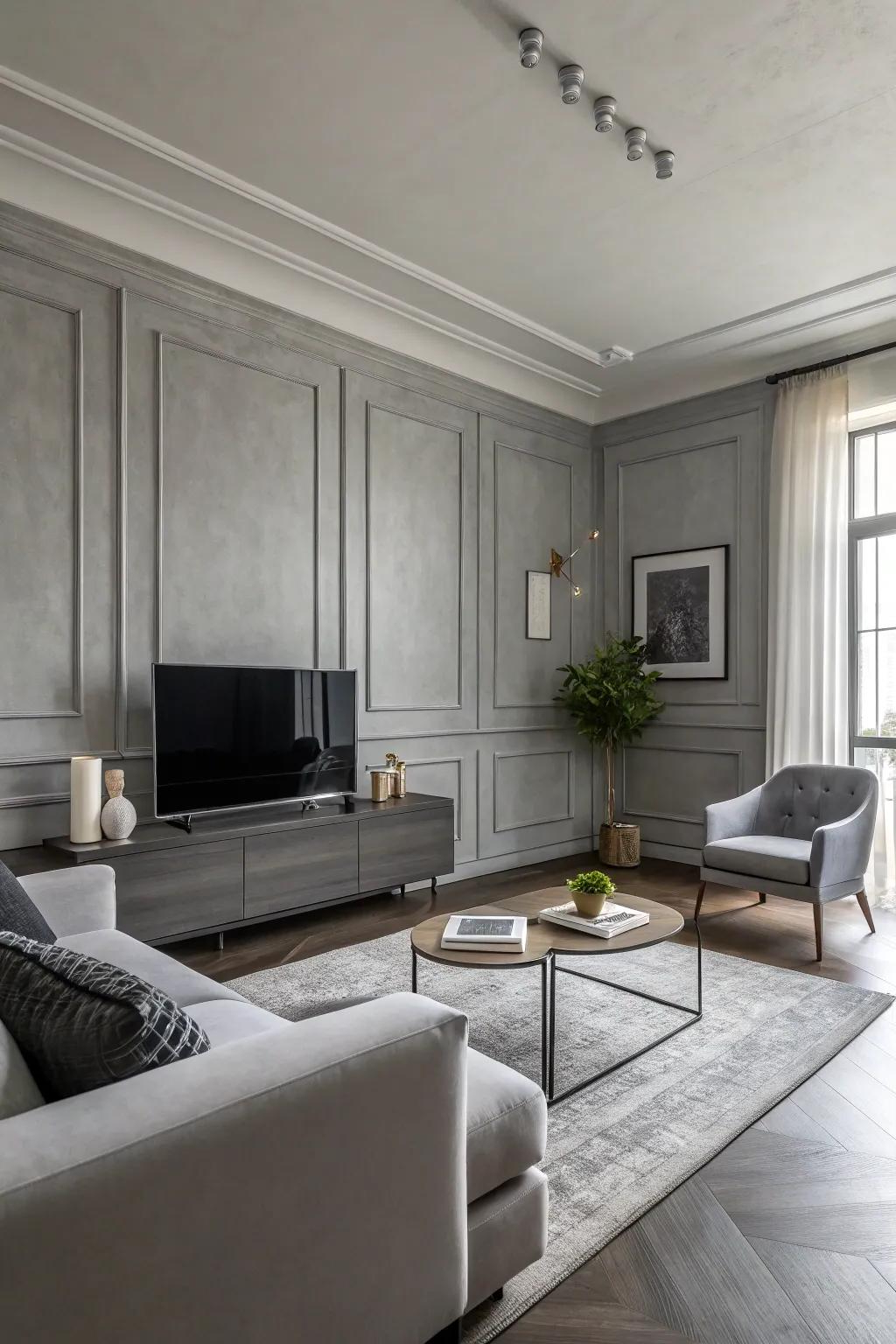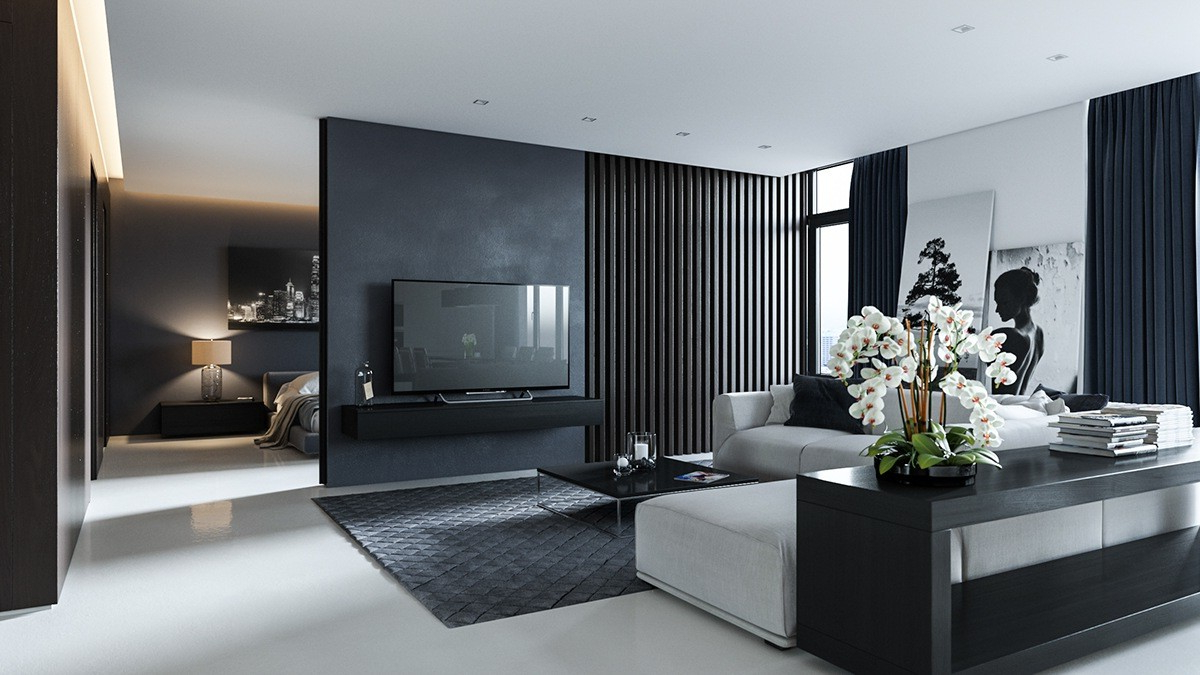In our fast-paced world, creating a peaceful sanctuary within our homes has become more important than ever. The modern grey interior design approach offers a perfect solution for those seeking tranquility without sacrificing style. This color palette, with its neutral tones and sophisticated undertones, provides the ideal foundation for building spaces that feel both calming and contemporary. Whether you’re starting fresh or refreshing existing rooms, understanding how to properly implement grey can transform your living environment into a haven of serenity.
Modern grey interior design isn’t just about choosing gray paint or furniture pieces. It’s about creating an atmosphere that promotes calmness, focus, and well-being. The beauty of grey lies in its versatility – it can be warm or cool, soft or bold, depending on how you choose to incorporate it. When done right, this design approach helps reduce visual clutter, creates a sense of spaciousness, and provides a perfect backdrop for other elements that enhance your space’s serenity. Think of grey as the quiet foundation upon which all your peaceful moments can be built.
Understanding the Psychology of Grey
Grey isn’t just a color; it’s a psychological tool that influences how we feel and behave in our surroundings. This neutral hue carries associations with balance, sophistication, and stability. When used thoughtfully, grey can help reduce stress levels and promote a sense of calm. Research shows that neutral colors like grey can lower blood pressure and encourage relaxation. The key is choosing the right shades and using them strategically rather than overwhelming the space. Warm greys tend to feel more inviting and cozy, while cool greys can create a more clinical but still peaceful atmosphere. Consider how different types of grey affect your mood and choose accordingly.
Selecting the Right Shades of Grey
Not all greys are created equal, and choosing the right ones can make or break your serene design. Start by understanding the spectrum: warm greys contain hints of brown or yellow, making them feel more welcoming. Cool greys have blue undertones and can feel more modern and crisp. Neutral greys fall somewhere in between. For a truly peaceful atmosphere, consider using a combination of three different grey tones – one light, one medium, and one dark. This creates depth without chaos. Test samples on your walls before committing. Remember, lighting changes throughout the day, so observe how each shade looks at different times. Sometimes a grey that looks perfect during the day might appear too dark or too light in evening light.
Layering Textures for Visual Interest
One of the secrets to successful grey design is layering various textures to prevent the space from feeling flat or sterile. Incorporate natural materials like wood, linen, wool, and stone to add warmth and tactile appeal. A grey sofa paired with a woven throw blanket, wooden coffee table, and ceramic vases creates a rich sensory experience. These elements work together to soften the overall look while maintaining that clean, modern aesthetic. Don’t forget about accessories – textured rugs, patterned cushions, and even plants can bring life to grey spaces. The contrast between smooth and rough surfaces helps create visual interest while keeping the color scheme cohesive. Think about how different materials interact with light in your room to maximize their impact.
Lighting Strategies for Maximum Serenity
The Role of Natural Elements in Grey Spaces
Introducing natural elements into grey interiors creates a beautiful balance that enhances serenity. Plants, especially those with broad leaves, add life and color without overwhelming the neutral palette. Consider placing a large fiddle leaf fig or a few smaller succulents on different surfaces throughout your space. Natural materials like bamboo, rattan, or stone provide organic textures that complement grey beautifully. Even something as simple as a wooden side table or a stone sculpture can ground the space and make it feel less clinical. These elements also help purify the air, contributing to better indoor air quality and overall wellness. The combination of clean lines and organic forms creates a harmonious environment that feels both modern and grounded.
Practical Tips for Maintaining Your Serene Grey Space
Keeping your grey space feeling fresh and peaceful requires some ongoing attention. Regular cleaning is essential since grey easily shows dirt and fingerprints. Choose fabrics and surfaces that are easy to maintain, and don’t be afraid to use protective treatments on valuable items. Keep clutter to a minimum – grey spaces can quickly feel chaotic if they’re filled with unnecessary items. Create designated storage solutions that keep things organized but hidden from view. Rotate seasonal decor to keep the space feeling fresh without changing the core design. Finally, remember that serenity isn’t just about appearance – it’s about creating a space that makes you feel good. If something in your grey environment doesn’t contribute to that feeling, it might be time to reconsider its place in your home.
Creating a serene atmosphere with modern grey interior design is both an art and a science. It requires understanding how colors affect our emotions, selecting the right shades for your space, and incorporating elements that add warmth and texture. The key is not to fear the simplicity of grey – instead, embrace it as a powerful tool for creating peace and tranquility. When you combine thoughtful color choices with natural elements, proper lighting, and mindful decoration, you’ll find that grey becomes more than just a color – it becomes a foundation for a truly restorative living environment. Whether you’re designing a new space or refreshing an existing one, remember that the most peaceful rooms often come from the simplest, most intentional choices. The journey toward serenity starts with a single step, and that step might just be choosing the right shade of grey.















